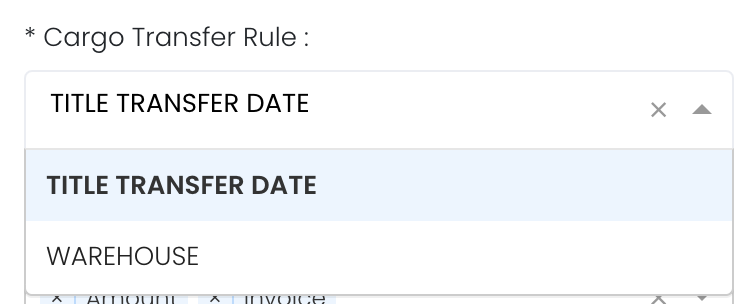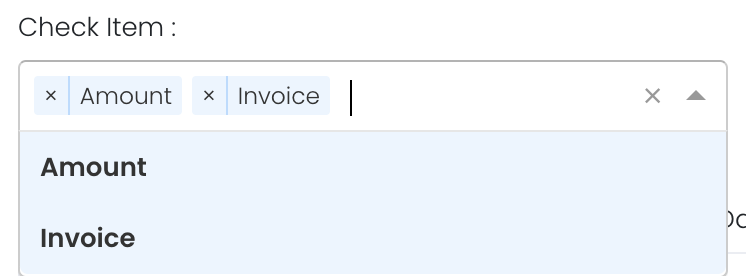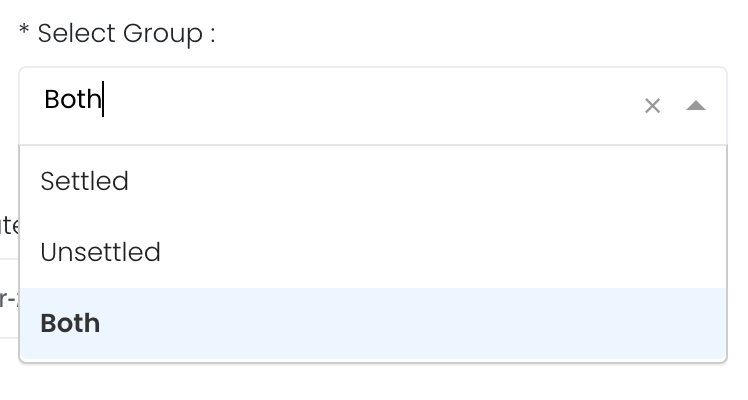Return to Overview
...
You can click here to learn how to customise the table by arranging and filtering the columns based on your preference, and saving the table layout(s) as a template.
suoyiwonngb
...
Navigation
To access the quantitative model/report, click on 'Dashboard' from the navigation sidebar on the left.
...
Name | Images/Description |
|---|---|
| Cargo Transfer Rule | There are 2 methods to monitor how cargo is delivered: |
| Check Item | Amount: Display unsettled and settled amount columns Invoice: Display unsettled and settled invoice quantity and amount columns Unsettled quantity and amount details are shown in the first few columns in the table whereas settled quantity and amount details are shown in the last few columns (scroll to the right). "Invoice" here is linked to PS Ledgers: For PSL TYPE column If you select: a. PAYMENT: Payment transaction, the amount will be used for “SETTLED AMT” and “SETTLED QTY” calculation in “PHYSICAL TRADE STATUS” app. b. INVOICE: Invoice for the payment, the amount is used for “INV AMT” and “INV QTY” calculation in “PHYSICAL TRADE STATUS” app. For LEDGER TYPE column bi. RECEIVED: It means the payment is received from your counterparty, it is also applied to “INVOICE” type row. bii. PAID: It means the payment is paid to your counterparties, it is also applied to “INVOICE” type row. AMOUNT: Always positive number which is used for amount calculations in “PHYSICAL TRADE STATUS” app. |
| Select Group | Settled: Display settled stock contract only Unsettled: Display unsettled stock contract only Both: Display both settled and unsettled stock contract |
| Duration | Select the start and end date to determine the range of period and cut-off date for the computation of outstanding quantity Start Date will be the first day of the year by default. After changing the start date, the app will retain the start date until you log out. End Date will be yesterday's date by default. You are fill free to edit the dates as necessary. Auto-Update Tick: Resets the dates to default once you leave the ‘Dashboard’ page. Untick: Dates according to your settings remain unchanged once you leave the ‘Dashboard’ page. |
Comments | The inserted comments will be displayed at the bottom of the application. This can be useful for documentation purposes or for settings description. |
...
Name | Description | Type | Example |
|---|---|---|---|
| Start Date | Start of product time-series. Empty by default, you are free to fill in as necessary. | Date (YYYY-MM-DD) | 2015-06-01 |
| End Date | End of product time-series. Today's date by default. | Date (YYYY-MM-DD) | 2019-06-14 |
| Auto Update | Tick: Resets the dates to default once you leave the ‘Dashboard’ page. Untick: Dates according to your settings remain unchanged once you leave the ‘Dashboard’ page. | Checkbox | - |
| Comments | Useful for documentation purposes or for settings description. | Text | - |
...



